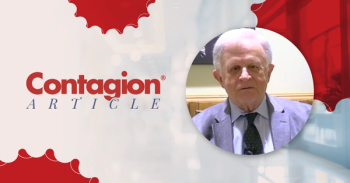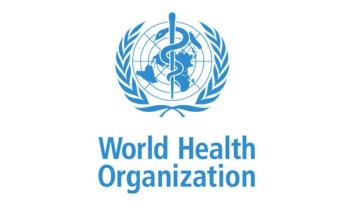The Microbe Manipulation Hypothesis: How Microbes May Influence Behavior and Free Will
Ep 2, Part 2 of 4, Robert Bransfield, MD, discusses how microbes may influence violent behavior and global instability through biological and environmental pathways.
Episode 2, part 2, with psychiatrist Robert C Bransfield, MD, explores how infections might contribute not only to individual behavioral changes but also to broader societal unrest. Drawing from clinical experience, historical patterns, and emerging research, Bransfield examines how ecosystem disruptions, infectious diseases, and microbial influences on brain function could potentially escalate violent behavior worldwide.
Ecosystem Disruption and the Rise of Infectious Threats
Bransfield begins by considering environmental changes that can increase infection. “We’re seeing a lot of ecosystem changes,” he explains. “It can be from climate variability or changes. It can be from mass migration of people. It can be disrupting ecosystems by non-native species. It can be from increases in population. There are a lot of different reasons that disrupt ecosystems.”
These disruptions create an advantage for parasites and zoonotic diseases. “When ecosystems are disrupted, you see a greater number of parasites. You particularly can see an increased number of zoonotic parasites or the vectors, as well as the infections associated with them,” Bransfield says. Increased human proximity to animals carrying these diseases further amplifies the risk of transmission.
From Infection to Violence: A Complex Link
The question then becomes: does increased infection contribute to violence? Bransfield notes that “there are about 20 different infections that we associate with having a role in contributing to violence” in humans, supported by studies in both animals and people. The link appears robust enough to warrant close investigation.
The Neurological and Societal Effects of Infection
Delving into biology, Bransfield highlights the need to understand the brain mechanisms involved: “What’s the brain physiology? What is the brain chemistry? Is there a logic there?” He introduces the concept of the Critical Mass Effect, where society can absorb isolated dysfunctions but may become destabilized if impairments, such as violent behavior, increase among influential individuals or groups. “If a particularly influential person or a group of people had certain impairments—be it violence or otherwise—can that tip the whole society and throw things off balance?”
The Manipulation Hypothesis: Microbes and Behavior
Perhaps most striking is Bransfield’s discussion of the Manipulation Hypothesis, the idea that microbes can manipulate host behavior to facilitate their own survival and transmission. “The simple example is coughing,” he says, “but there are also examples of how it alters behavior.”
This raises profound questions about autonomy and free will: “Maybe we’re not as in control, and our free will can be impacted by the microbe. It’s hard to think that our free will maybe isn’t so much in our control, but that’s a possibility.”
Despite the unsettling implications, Bransfield remains hopeful. “If we look at every single facet of the contributors to violence, we can help to prevent things. We’re living in a particularly violent world right now. If we can look at any piece that can better help us understand and prevent violence, we’re better off.”
This emerging perspective invites clinicians, researchers, and public health experts to broaden their understanding of violence, considering infectious disease as a possible biological contributor alongside social and environmental factors.
Tune into episode 1 of our series, split into 4 parts, for more background context:
Newsletter
Stay ahead of emerging infectious disease threats with expert insights and breaking research. Subscribe now to get updates delivered straight to your inbox.





